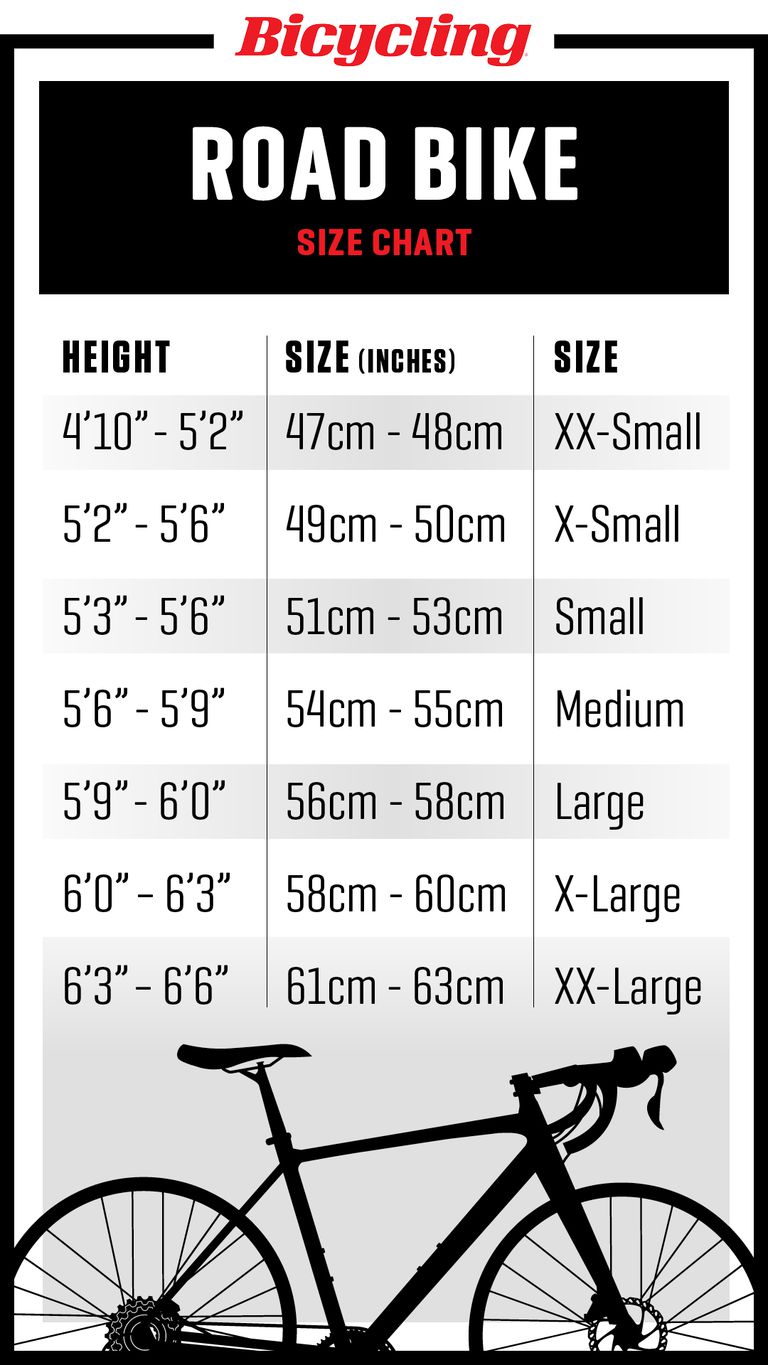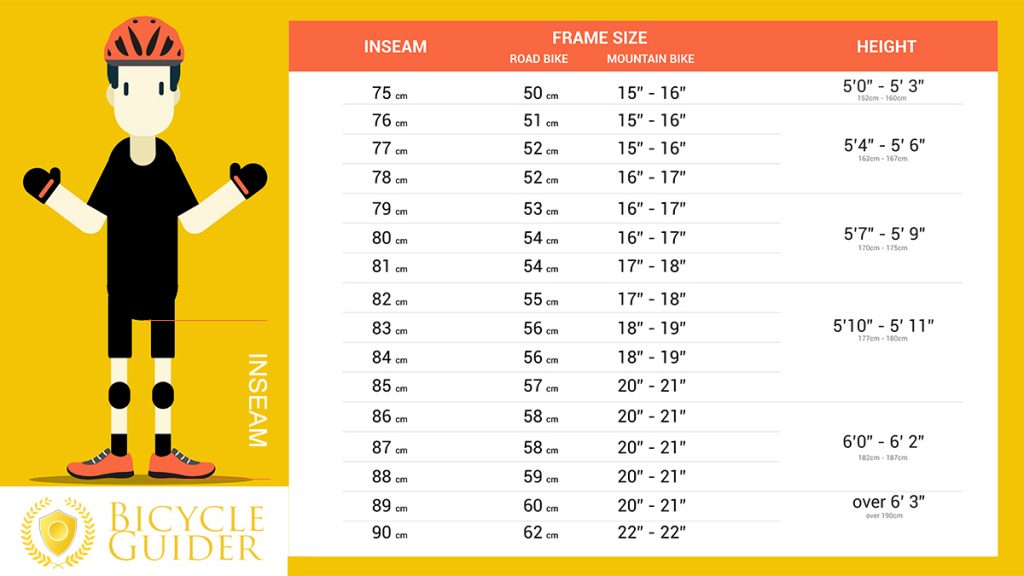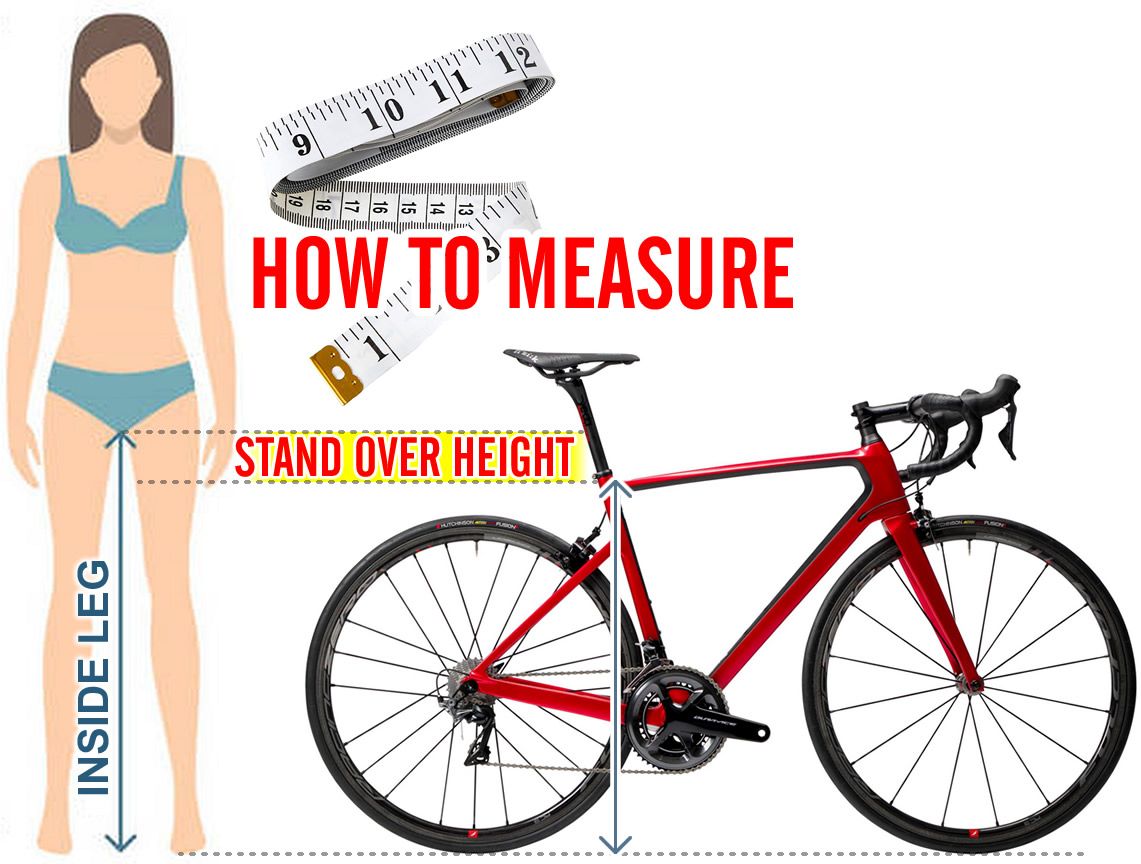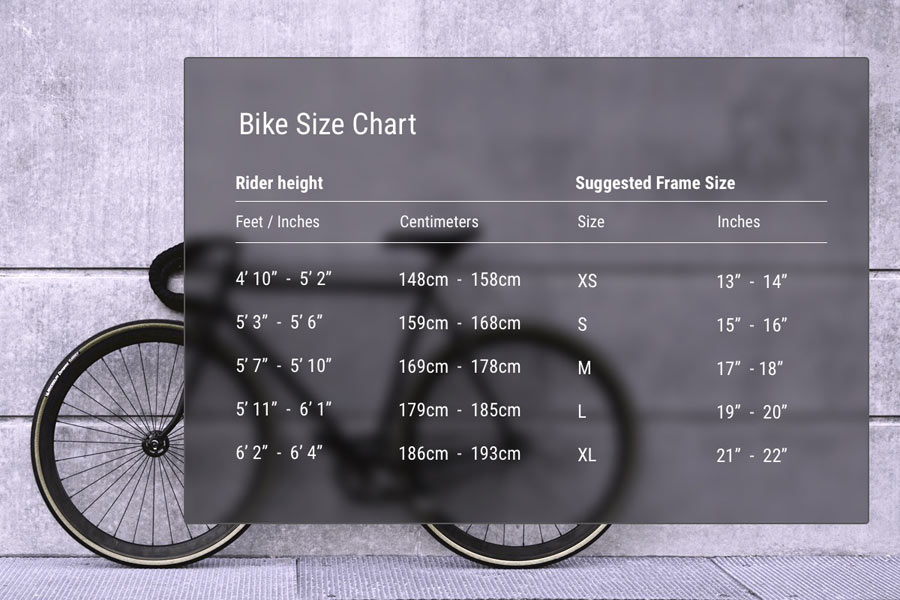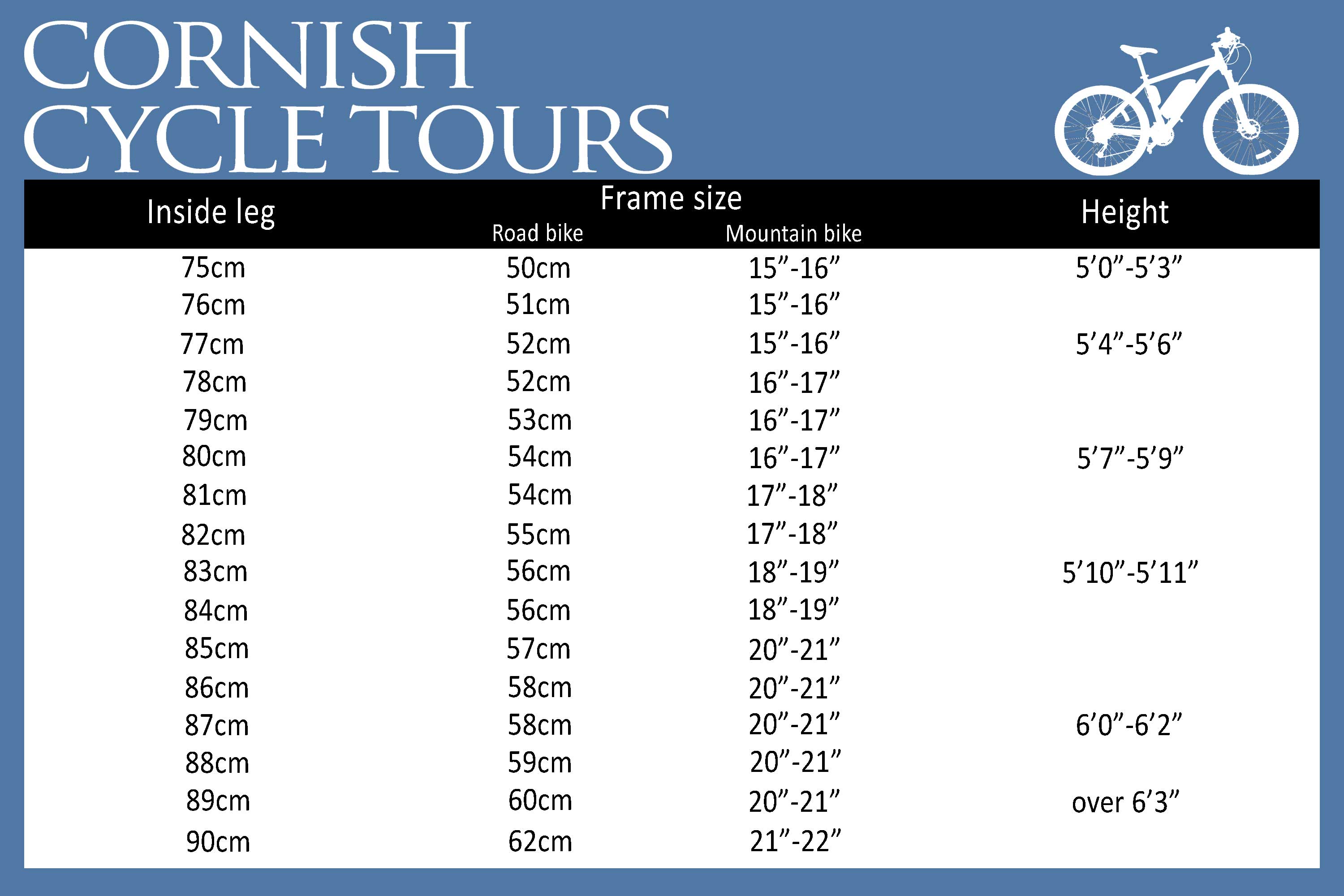Determining Your Riding Style: The First Step to Finding Your Ideal Bike
When searching for the perfect bike, it’s essential to consider your riding style. This crucial factor plays a significant role in determining what bike size you need. Whether you’re a seasoned cyclist or just starting out, understanding your riding style will help you find a bike that provides a comfortable, efficient, and enjoyable ride.
Riding styles vary greatly, and each type has its unique demands and requirements. For instance, road biking typically involves riding on paved roads and requires a bike that’s designed for speed and efficiency. Mountain biking, on the other hand, involves riding on trails and requires a bike that’s built for durability and maneuverability. Commuting, which involves riding in urban environments, requires a bike that’s practical, comfortable, and versatile.
By identifying your riding style, you can narrow down your search for the perfect bike and focus on models that cater to your specific needs. This, in turn, will help you determine what bike size you need, ensuring a comfortable and enjoyable ride. So, take the time to reflect on your riding style and what you want to achieve with your bike. It’s the first step to finding your ideal bike and enjoying the many benefits that cycling has to offer.
Measuring Up: How to Take Your Measurements for a Proper Bike Fit
When it comes to finding the perfect bike, taking accurate measurements is crucial to ensure a comfortable and efficient ride. Knowing your measurements will help you determine what bike size you need, and ultimately, find a bike that fits you like a glove. So, what bike size do I need? It all starts with taking the right measurements.
To get started, you’ll need to take three key measurements: inseam, arm length, and torso length. Your inseam measurement is the distance from the floor to the top of your inner thigh. This measurement will help you determine the ideal saddle height and ensure that your leg is almost fully extended when the pedal is in its lowest position. To take this measurement, stand against a wall with your feet shoulder-width apart and a book or ruler between your legs, level with the top of your inner thigh.
Next, you’ll need to measure your arm length. This measurement is the distance from the top of your shoulder to your wrist. This will help you determine the ideal handlebar height and ensure that you’re comfortable and in control while riding. To take this measurement, stand against a wall with your arm relaxed by your side and a ruler or tape measure along your arm, from the top of your shoulder to your wrist.
Finally, you’ll need to measure your torso length. This measurement is the distance from the base of your neck to your hip. This will help you determine the ideal frame size and ensure that you’re comfortable and efficient while riding. To take this measurement, stand against a wall with your feet shoulder-width apart and a ruler or tape measure along your torso, from the base of your neck to your hip.
By taking these measurements, you’ll be able to determine what bike size you need and find a bike that fits you perfectly. Remember, a bike that fits you well will provide a more comfortable, efficient, and enjoyable ride. So, take the time to take your measurements and find your ideal bike size.
Understanding Bike Geometry: How Frame Size and Type Affect Fit
When it comes to finding the perfect bike, understanding bike geometry is crucial to determining what bike size you need. Bike geometry refers to the design and structure of the bike frame, which can greatly impact the fit and comfort of the rider. Different types of bike frames, such as road, mountain, and hybrid, are designed to serve specific purposes and cater to specific riding styles.
Road bikes, for example, are designed for speed and efficiency on paved roads. They typically have a more aggressive geometry, with a steeper head tube angle and a shorter wheelbase, which allows for quicker handling and more responsive steering. As a result, road bikes tend to have a more compact frame design, which can affect the fit and comfort of the rider. When choosing a road bike, it’s essential to consider the frame size and type to ensure a comfortable and efficient ride.
Mountain bikes, on the other hand, are designed for off-road adventures and require a more robust geometry to handle rough terrain. They typically have a slacker head tube angle and a longer wheelbase, which provides more stability and control on technical trails. Mountain bikes also tend to have a more upright riding position, which can affect the fit and comfort of the rider. When choosing a mountain bike, it’s essential to consider the frame size and type to ensure a comfortable and confident ride.
Hybrid bikes, which combine elements of road and mountain bikes, offer a more versatile geometry that can cater to a variety of riding styles. They typically have a more upright riding position and a longer wheelbase, which provides a comfortable and stable ride on a variety of terrain. When choosing a hybrid bike, it’s essential to consider the frame size and type to ensure a comfortable and efficient ride.
By understanding the different types of bike frames and their corresponding geometries, you can make an informed decision when choosing a bike size. Remember, what bike size do I need is a question that requires careful consideration of your riding style, body type, and bike geometry. By taking the time to understand these factors, you can find a bike that fits you perfectly and provides a comfortable and enjoyable ride.
How to Choose the Right Bike Size for Your Body Type
When it comes to finding the perfect bike, choosing the right bike size for your body type is crucial to ensuring a comfortable and efficient ride. Different body types require different bike sizes, and understanding your body type can help you make an informed decision when choosing a bike. So, what bike size do I need? It all starts with understanding your body type.
Tall riders, for example, typically require a larger bike size to accommodate their longer legs and arms. A larger bike size will provide a more comfortable and efficient ride, allowing tall riders to maintain a comfortable riding position and generate more power. On the other hand, shorter riders may require a smaller bike size to ensure a comfortable and controlled ride.
Riders with a heavier build may require a larger bike size to provide additional support and stability. A larger bike size will provide a more comfortable and confident ride, allowing heavier riders to maintain a stable riding position and generate more power. Conversely, riders with a lighter build may require a smaller bike size to ensure a comfortable and efficient ride.
Riders with limited flexibility may require a bike size that accommodates their range of motion. A bike size that is too large or too small can cause discomfort and affect the rider’s ability to maintain a comfortable riding position. By choosing a bike size that accommodates your flexibility, you can ensure a comfortable and efficient ride.
By considering your body type, including factors such as height, weight, and flexibility, you can choose a bike size that provides a comfortable and efficient ride. Remember, what bike size do I need is a question that requires careful consideration of your body type and riding style. By taking the time to understand these factors, you can find a bike that fits you perfectly and provides a comfortable and enjoyable ride.
The Importance of Standover Height and Reach in Bike Sizing
When it comes to finding the perfect bike, standover height and reach are two crucial factors to consider when determining a comfortable and safe bike fit. Standover height refers to the distance between the ground and the top tube of the bike, while reach refers to the distance between the saddle and the handlebars. Both of these factors play a critical role in ensuring a comfortable and efficient ride.
Standover height is essential because it determines how easily you can mount and dismount the bike. A bike with a standover height that is too high can be difficult to mount, especially for riders with shorter legs. On the other hand, a bike with a standover height that is too low can cause discomfort and affect the rider’s ability to maintain a comfortable riding position. To measure standover height, simply stand over the bike with your feet flat on the ground and measure the distance between the top tube and your crotch.
Reach, on the other hand, determines how comfortable you are while riding the bike. A bike with a reach that is too long can cause discomfort and affect the rider’s ability to maintain a comfortable riding position. A bike with a reach that is too short can cause the rider to hunch over, leading to discomfort and fatigue. To measure reach, simply sit on the bike with your hands on the handlebars and measure the distance between the saddle and the handlebars.
So, what bike size do I need? By considering standover height and reach, you can ensure a comfortable and safe bike fit. Remember, a bike that fits you perfectly will provide a more comfortable and efficient ride, allowing you to enjoy your ride to the fullest. By taking the time to measure and calculate standover height and reach, you can find a bike that fits you perfectly and provides a comfortable and enjoyable ride.
What to Expect from a Bike Fitting Session
A professional bike fitting session is an essential step in finding the perfect bike size. During a bike fitting session, a trained professional will work with you to ensure a comfortable and efficient ride. So, what bike size do I need? A bike fitting session can help answer this question by providing a personalized assessment of your riding style, body type, and bike fit.
The process typically begins with a consultation to discuss your riding style, goals, and any discomfort or pain you may be experiencing while riding. The fitter will then conduct a physical assessment, including measurements of your inseam, arm length, and torso length. This information is used to determine the ideal bike size and fit for your body type.
Next, the fitter will work with you to adjust the bike to fit your body. This may involve adjusting the saddle height, handlebar height, and pedal position to ensure a comfortable and efficient riding position. The fitter may also recommend changes to the bike’s geometry, such as a different stem length or handlebar width, to optimize the fit.
A bike fitting session can also provide valuable insights into your riding technique and offer suggestions for improvement. By analyzing your riding position and technique, the fitter can identify areas for improvement and provide personalized coaching to help you ride more efficiently and comfortably.
So, what bike size do I need? A bike fitting session can provide the answer to this question by providing a personalized assessment of your riding style, body type, and bike fit. By investing in a bike fitting session, you can ensure a comfortable and efficient ride, optimize your performance, and enjoy your ride to the fullest.
Top Bike Brands and Their Sizing Charts: A Helpful Guide
When searching for the perfect bike, it’s essential to consider the sizing charts of top bike brands. Each brand has its unique sizing chart, and understanding these charts can help you determine what bike size you need. In this section, we’ll provide an overview of popular bike brands and their corresponding sizing charts, including Trek, Specialized, and Giant.
Trek, a well-known brand in the cycling industry, offers a wide range of bikes, from road bikes to mountain bikes. Their sizing chart takes into account factors such as height, inseam, and arm length to ensure a comfortable and efficient ride. For example, a rider who is 5’9″ with an inseam of 32 inches would require a Trek bike with a frame size of 56cm.
Specialized, another prominent brand, is known for its high-performance bikes. Their sizing chart is based on a combination of height, inseam, and arm length, as well as the type of bike. For instance, a rider who is 5’10” with an inseam of 33 inches would require a Specialized road bike with a frame size of 58cm.
Giant, a leading manufacturer of bicycles, offers a wide range of bikes, including road, mountain, and hybrid bikes. Their sizing chart takes into account factors such as height, inseam, and arm length, as well as the type of bike. For example, a rider who is 5’8″ with an inseam of 31 inches would require a Giant mountain bike with a frame size of 54cm.
By understanding the sizing charts of top bike brands, you can determine what bike size you need and ensure a comfortable and efficient ride. Remember, what bike size do I need is a crucial question to answer when searching for the perfect bike. By considering the sizing charts of top brands, you can find a bike that fits your body type and riding style, providing a comfortable and enjoyable ride.
Final Check: Ensuring a Comfortable and Efficient Ride
After considering your riding style, taking measurements, and understanding bike geometry, it’s essential to perform a final check to ensure a comfortable and efficient ride. This checklist will help you determine what bike size you need and guarantee a perfect fit.
First, check the saddle height. The saddle should be at a height that allows you to put both feet flat on the ground when you’re sitting on the bike. This will ensure a comfortable riding position and prevent strain on your legs and back.
Next, adjust the handlebar height. The handlebars should be at a height that allows you to maintain a comfortable riding position, with your elbows slightly bent and your hands in a neutral position.
Another crucial factor to consider is pedal position. The pedals should be positioned in a way that allows you to maintain a comfortable riding position, with your legs in a slightly bent position.
Additionally, consider the reach and standover height of the bike. The reach should be comfortable, allowing you to stretch out your arms and maintain a comfortable riding position. The standover height should be sufficient to ensure a safe and comfortable ride.
By considering these factors, you can ensure a comfortable and efficient ride. Remember, what bike size do I need is a crucial question to answer when searching for the perfect bike. By following this guide, you can find a bike that fits your body type and riding style, providing a comfortable and enjoyable ride.



